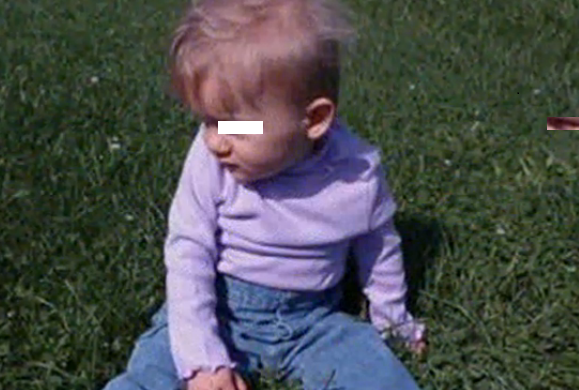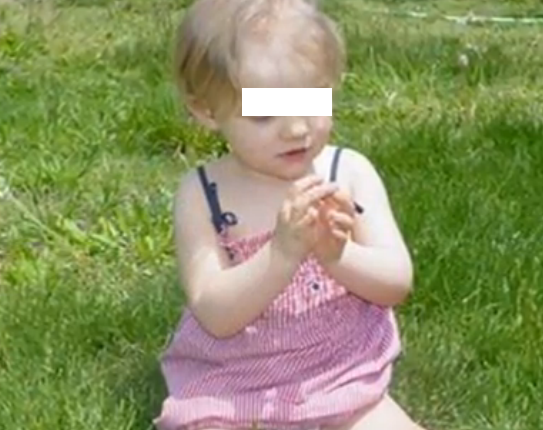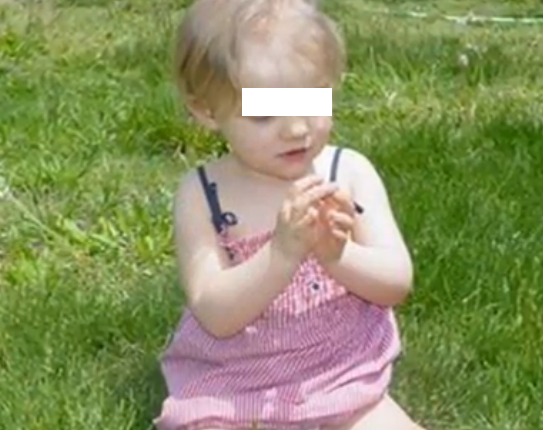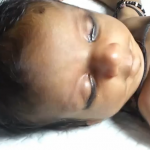Rett syndrome is an uncommon genetic condition that affects the development of the brain. Rett syndrome almost entirely tends to affect girls
Babies affected by Rett syndrome typically tend to have normal develop in the initial growth phase. The signs and symptoms of the syndrome normally tend to make an appearance six months after birth. With the passage of time, children affected with Rett syndrome experience increasing difficulties with coordination, movement and communication, which in turn may affect their capacity to communicate, walk or use their arms.
Rett syndrome currently has no cure, but several studies are on to find the best possible treatment. The present treatment for Rett syndrome is aimed at facilitating communication and movement in the affected children as well as giving support and care to them and their dear ones.
Symptoms of Rett syndrome
The symptoms of Rett syndrome generally appear about six months after birth and are most prominent at 12 to 18 months. The changes that accompany Rett syndrome tend to occur over a time span of weeks or months. The signs include:
- The growth is slowed overall. The baby is born with a small head which is usually the first sign of Rett syndrome, and which become more evident after six months. The brain development is slowed post birth. As the child ages, delayed growth in other areas of the body also becomes apparent.
- Children with Rett syndrome normally lose the capability to speak or communicate in various ways after 12 to 18 months. They show a general lack of interest in toys, people and the environment. A few affected children may elicit quick changes such as sudden speech loss. With the passage of time and proper care, most children with Rett syndrome develop nonverbal forms of communication as well as eye contact.
- Deterioration and considerable loss of motor skills or movements generally tends to occur between 12 to 18 months. Loss of control over the hands is usually the first sign of movement loss, which may be followed by decreasing capability to crawl or walk. Children with Rett syndrome may experience an initial and rapid loss of motor skills, which then slows down gradually.
- The progression of Rett syndrome leads to the development of peculiar hand patterns in the affected children, such as hand squeezing, rubbing, wringing, tapping or clapping
- Children with Rett syndrome may also experience breathing abnormalities such as apnea or breath-holding, vigorous exhalation of saliva or air, and problematic rapid breathing. Such abnormalities usually occur while awake and not during sleep
- There may be irregular movements of the eye like closing a single eye at a time or blinking
- As children affected by Rett syndrome grow older, they tend to become increasingly irritable and agitated. There may be a sudden onset of screaming and crying that can last for a few hours. They tend to be calmer between 2 to 10 years of age
- Nearly fifty percent of the children with Rett syndrome may develop seizures which may vary between them from episodic muscle spasms to an all-out epileptic attack
- Affected children may engage in unusual behaviors such as prolonged periods of laughter, hand licking, irregular facial expressions, holding onto the clothing or hair and screaming with any reasonable causes
- Scoliosis is common and generally commences between 8 to 11 years of age
- Individuals with Rett syndrome may also suffer from constipation
- Children with Rett syndrome may also experience irregular heartbeat or arrhythmia which can prove fatal
Causes of Rett syndrome
- Rett syndrome is caused due to genetic mutations. The condition is inherited in only extremely rare cases.
- Most cases of Rett syndrome are caused due to random mutations that may occur during formation of the sperm or the eggs, and on occasions at the time of conception itself
- Rett syndrome almost exclusively affects the girl child and is very rare in boys. The genetic mutation that leads to Rett syndrome is very destructive for boys and hence boys with Rett syndrome generally die before birth or during infancy.
- Milder forms of Rett syndrome in boys is not fatal and affected boys can grow to become adults. However, they continue to experience behavioral and health problems.
- Rett syndrome can occur in children of all races and there are no risk factors for developing the condition.
Treatment of Rett syndrome
There is no cure for Rett syndrome. The goals of treatment for the condition involve a number of factors such as regular medical care; special social, academic and job training options; occupational, speech and physical therapy and other forms of support which may be required for the remainder of the lives of people with Rett syndrome.
The treatment may include:
- Muscle stiffness, convulsions and other signs may be controlled via medications
- Proper nutrition is essential for affected individuals to achieve their limited potential for growth and mental development
- Speech therapy to help improve communication skills
- Physical therapy to aid movements and occupational therapy to improve the better use of hands.
Rett Syndrome – Life Expectancy
The symptoms begin to peek till the children reach teenage. Thereafter the symptoms begin to cede. On an average, the life expectancy is 45 to 50 years. Mostly, complications arise due to inadequate nutrition, pneumonia and seizures.
Rett Syndrome Pictures





